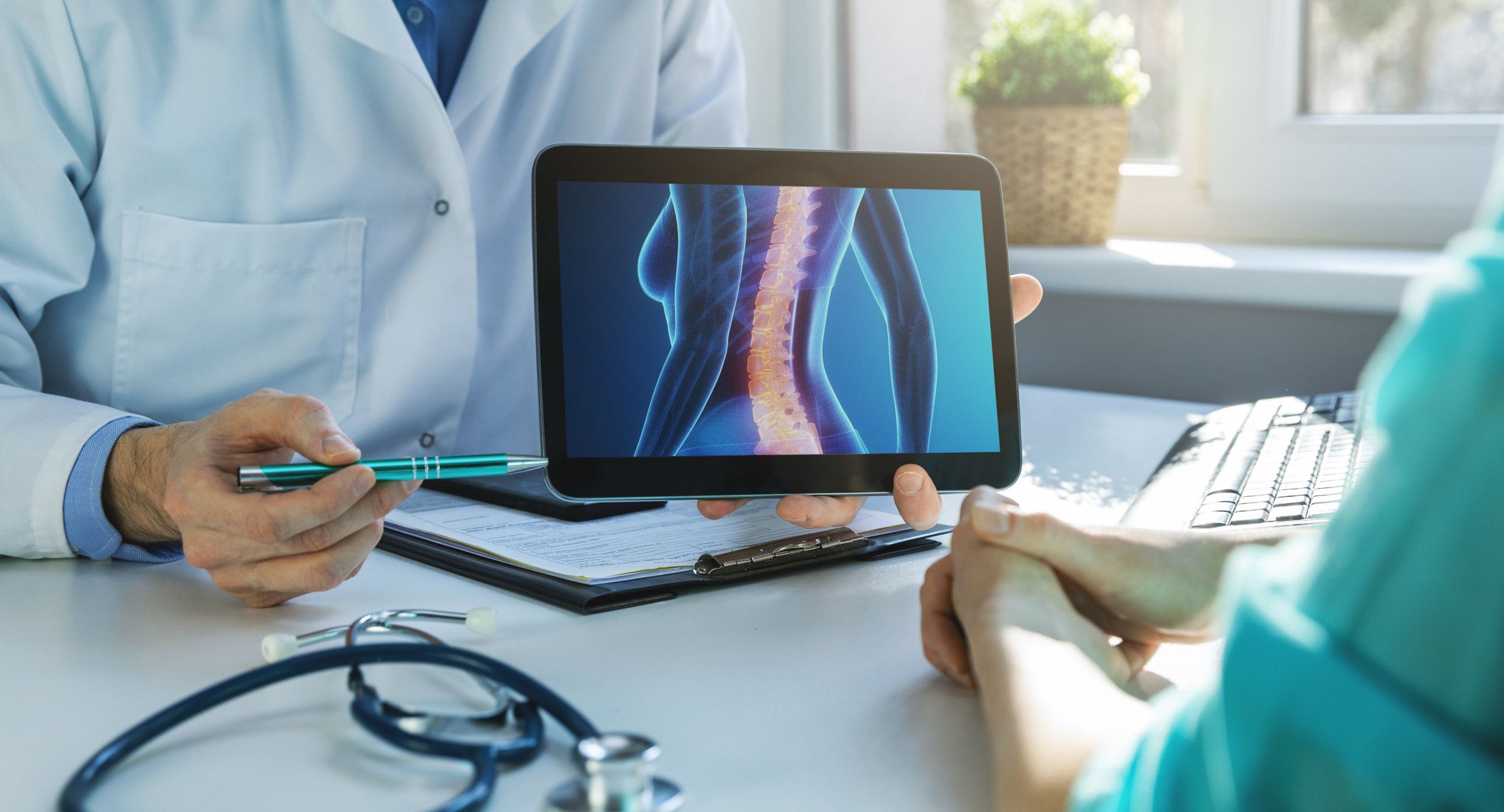- Injuries & Treatment
Chiropractic Spinal Decompression: Is It Right for You?

Are you experiencing constant neck and back pain? Your symptoms could disrupt your entire quality of life. Sometimes, it's difficult to think about anything besides finding relief.
Chiropractic spinal decompression can help. When other forms of therapy can't resolve your pain, consider visiting a chiropractor.
There are over 70,000 active chiropractic licenses in the country. They can use spinal decompression therapy to alleviate your pain and promote healing.
Curious? Keep reading to learn more about chiropractic spinal decompression. You might find it's the treatment you need to live your life pain-free!
What Is Nonsurgical Spinal Decompression?
Nonsurgical spinal decompression therapy involves motorized traction to relieve your back pain. It works by stretching your spine, which alters your spine's position and force. The adjustment helps relieve pressure off your spinal discs.
Your spinal discs are the gel-like cushions between the bones in your spine. Creating negative pressure in the disc can help relieve your pain. This can cause bulging or herniated discs to retract.
Without that pressure, water, oxygen, and nutrient-rich fluids and move into the discs to promote healing.
Doctors use nonsurgical spinal decompression to treat:
- Back or neck pain
- Sciatica (pain, weakness, or tingling that extends down your leg)
- Bulging or herniated discs
- Degenerative disc disease
- Worn spinal joints (posterior facet syndrome)
- Injured or diseased spinal nerve roots
Some researchers are comparing chiropractic spinal decompression to:
- Nonsteroidal anti-inflammatory drugs
- Physical therapy
- Bracing
- Chiropractic care
- Acupuncture
- Exercise
- Rest
- Steroid injections
If you've tried these forms of treatment without success, speak to your chiropractor about decompression therapy.
How Is It Done?
During the treatment, you'll remain fully clothed. Your chiropractor will fit a harness around your pelvis and another around your trunk. Then, you'll lie either face down or face up on a computer-controlled table.
The doctor will use a computer to customize your treatment based on your needs.
The device will stretch and relax your spine in a controlled manner. A couple of things can occur during your decompression therapy.
First, the process can help retract or reposition your herniated or bulging disc. The treatment can also promote the influx of healing nutrients to your discs. This fosters a better environment for healing.
For lower back pain, a harness is placed around the hips. The lower half of the table slides back and forth depending on a calculated number of pounds of force. Meanwhile, the upper portion remains fixed.
This creates an alternating axial of decompression and rest.
To treat the neck, the patient rests their head in a neck cradle. A calculated number of pounds of pressure then pull the head and neck gently.
This treatment process isn't painful.
Nonsurgical spinal decompression therapy sessions can last from 30 to 45 minutes. You might need over 20 treatments over the span of five to seven weeks.
Your chiropractor might combine spinal decompression therapy with another form of treatment, including:
- Electrical stimulation
- Ultrasound
- Heat or cold therapy
The right combination of these treatments can help relieve your ongoing back pain.
Who Needs It?
8.4% of U.S. adults (19.4 million people) used chiropractic therapy. However, not all patients are ideal for nonsurgical spinal decompression. Make sure to speak with your doctor to determine if you're a good candidate.
You shouldn't receive nonsurgical spinal decompression if you're pregnant. You should also consider a different form of treatment if you have a:
- Fracture
- Tumor
- Abdominal aortic aneurysm
- Advanced osteoporosis
- Metal implants in your spine
You can consult a chiropractor beforehand to determine which course of treatment is ideal for your needs.
Pros and Cons
Here are a few advantages of choosing this course of treatment:
- Reduction of pain
- Ability to return to daily activities
- Can start experiencing relief after five or six treatments
- May reduce the size of the disc herniation
- Can avoid surgery and drugs
- Safe, with little if any side effects
However, you might not experience lasting relief until the last treatment is complete. You might also need to schedule as many as four visits a week.
What Is Surgical Spinal Decompression?
Surgical chiropractic spinal decompression is ideal depending on your back pain. However, it's usually considered a last resort. If the treatment options mentioned above don't relieve your pain, your chiropractor might suggest a surgical route.
Surgical spinal decompression is ideal if you have:
- Bulging discs
- Ruptured discs
- Bony growths
- Other spinal problems
Surgery might successfully relieve the pressure on your spinal cords or nerves, including symptoms such as:
- Pain
- Tingling
- Weakness
- Numbness
Success depends on the severity of your condition.
Types of Surgery
There are different types of spinal decompression surgery that can relieve your spinal pressure. Your doctor might also suggest a spinal fusion, which can help stabilize your spine.
One type of surgical spinal decompression treatment to consider is a discectomy. In this procedure, a portion of your disc is removed. Removing part of the disc can help relieve some of the pressure on our nerves.
A laminotomy or laminectomy are also options. With these types of surgery, the surgeon will remove a small portion of the bone. This bone is usually a section of the bony arch or the entire bony arch.
Removing the bony arch can increase the size of your spinal canal. This, in turn, will remove some of the pressure on your nerves.
Your doctor might also consider a foraminotomy. This surgery involves removing bone or tissue to expand the openings for your nerve roots.
Osteophyte removal is also an option to remove your bony growths.
The last form of spinal decompression surgery is called a corpectomy. With this procedure, the surgeon will remove a vertebral body along with the discs between the vertebrae.
Each of these surgeries can help relieve pressure on your spine to ease your back pain.
Risks
Any surgery comes with a number of risks. Some of the more common risks associated with chiropractic spinal decompression surgery include:
- Blood clots
- Bleeding
- Infection
- Allergic reaction to anesthesia
- Nerve or tissue damage
There's also a chance that the surgery won't improve your back pain much. It's sometimes difficult to determine who will benefit from spinal decompression surgery. Again, it often depends on the severity of your pain.
Get It Straight: Understanding Chiropractic Spinal Decompression
Straighten your spine and remove the pressure that's causing all your pain! With chiropractic spinal decompression, you can improve your quality of life with each treatment. Start living pain-free today!
Ready to relieve your pain? Schedule an appointment with our team today.


